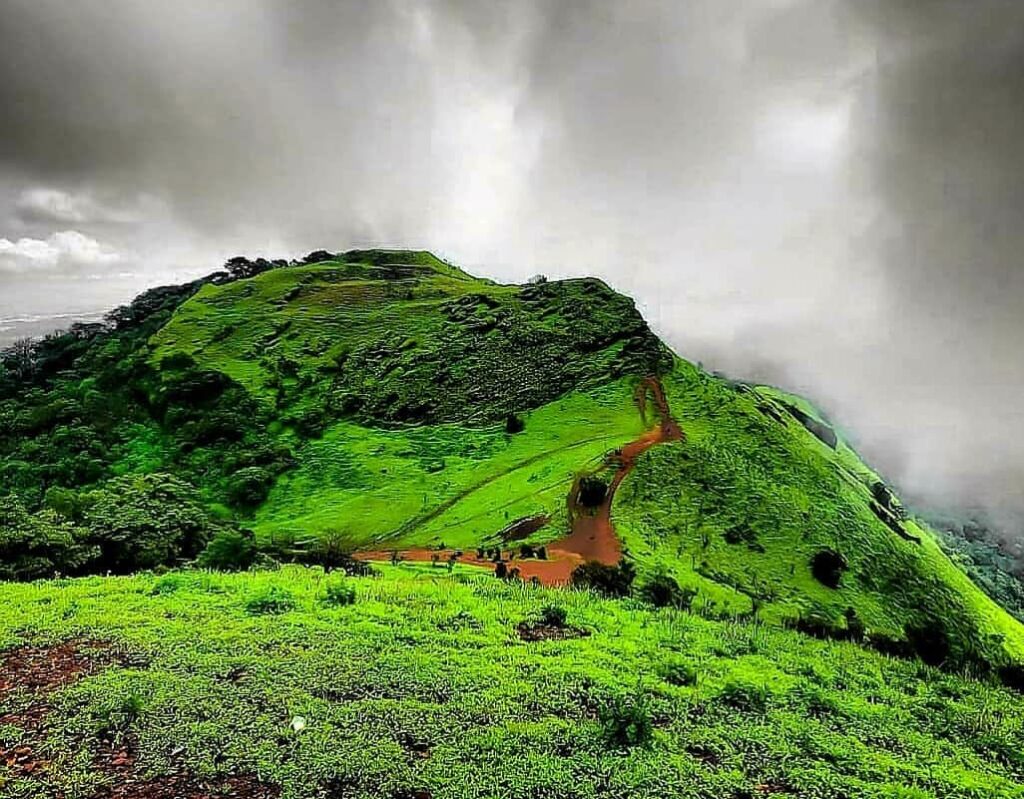Discover the breathtaking beauty of Shivamogga, the “Gateway of Malnad,” where lush green Western Ghats peaks meet roaring waterfalls and rich cultural heritage. Forget the summer heat and monsoon downpours; the period after October transforms Shivamogga into a pristine, vibrant paradise, offering ideal weather for sightseeing and adventure. This season is unequivocally the best time to visit Shivamogga. Prepare to be captivated by the majesty of nature in this jewel of Karnataka.
Why Visit Shivamogga After October?
The charm of Shivamogga is significantly amplified as the monsoon retreats. The post-monsoon months, from November to February, bring clear skies, pleasant temperatures and a landscape rejuvenated by rain. Consequently, the air is crisp, and the greenery is at its most vivid. Therefore, this is the perfect time for trekking, wildlife safaris, and exploring the cascading waterfalls. This season ensures that visitors to Shivamogga experience the region at its stunning best.
Top Tourist Attractions in Shivamogga
The Majestic Waterfalls of Shivamogga
- Jog Falls (Keyphrase: Shivamogga): Witness the awe-inspiring Jog Falls, one of India’s highest plunge waterfalls. Following the monsoon, the Sharavathi River descends in four distinct cascades—Raja, Rani, Roarer, and Rocket—creating a spectacular, powerful display that is easily one of the most popular attractions in Shivamogga. Visitors are offered an unforgettable panoramic view from the main viewpoint.
- Kodachadri Peak & Hidlumane Falls (Keyphrase: Shivamogga): A trekker’s dream, the Kodachadri peak is best approached in the dry, post-monsoon weather. Furthermore, the challenging yet rewarding trail takes you past the stunning, multi-tiered Hidlumane Falls. The trek to this natural heritage site culminates in a mesmerizing sunset view over the Arabian Sea, a truly unique experience only found near Shivamogga.

Wildlife and Nature Retreats
- Bhadra Wildlife Sanctuary & Tiger Reserve (Keyphrase: Shivamogga): The cooler months are ideal for safaris in the Bhadra Wildlife Sanctuary. Consequently, wildlife spotting becomes much easier when the vegetation is less dense and the temperatures are agreeable. Tigers, elephants, and a variety of endemic bird species can be sighted here, making it a favorite for nature lovers visiting Shivamogga.
- Sakrebailu Elephant Camp: Just a short distance from the city, the Sakrebailu Elephant Camp offers a unique opportunity to see elephants being bathed and fed on the banks of the Tunga River. Undoubtedly, this gentle interaction with the largest land animals is a must-do activity in Shivamogga for families.
Heritage and Culture
Nagara Fort & Kavaledurga Fort: History enthusiasts will appreciate the ancient forts of Nagara and Kavaledurga. The latter, a majestic hill fort, requires a picturesque trek and offers historical ruins and stunning views of the surrounding Malnad landscape, which is remarkably clear in the post-monsoon period. Moreover, the air of antiquity that surrounds this site is palpable.
Keladi: Explore the rich history of the Keladi Nayaka kingdom at the village of Keladi, home to the beautiful Rameshwara Temple. This site’s distinctive architectural blend of Hoysala, Dravidian, and Kadamba styles is a feast for the eyes.
Shivamogga Trip Planner: Things to Do
Trekking: Conquer the peaks of Kodachadri and Kundadri under pleasant skies.
Photography: Capture the crystal-clear plunges of Jog Falls and the lush green valleys of Shivamogga.
Wildlife Safari: Book a jeep safari at Bhadra to spot the diverse fauna that thrives in Shivamogga.
Sunset Viewing: Head to Agumbe to witness the legendary sunset over the Arabian Sea.

